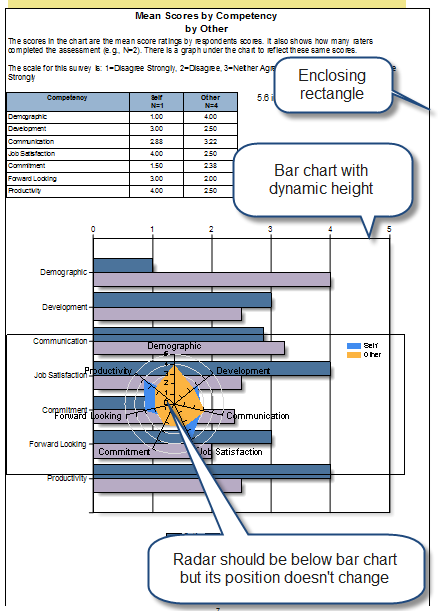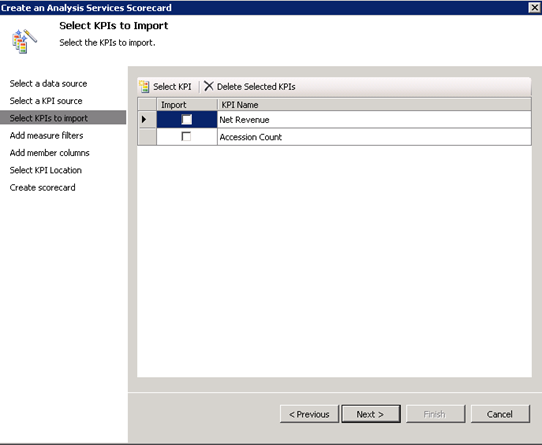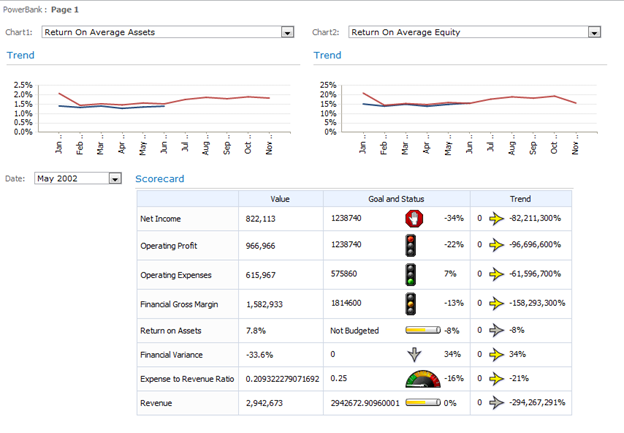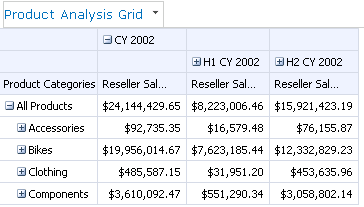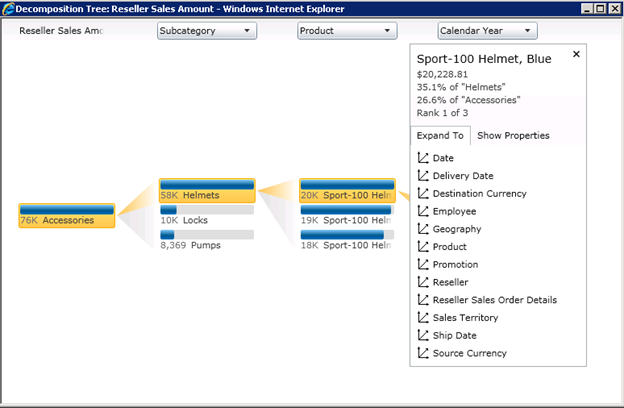Atlanta BI SIG December Meeting
If you are use Microsoft BI, live in or within driving distance to Atlanta, and don’t know about the Atlanta BI SIG, you are missing a lot. At our last meeting we had some 50+ people and our attendance is growing! Due to the holidays, Atlanta BI SIG will not have a meeting at the end of November and December. Instead, our next meeting will be held on December 6th. I updated the Atlanta BI SIG home page to announce the December meeting.
End of the year is a good time for reflecting on the past and planning for the future. Bob Abernathy from Strategy Companion will present BI past, present, and future trends. He will also show us how Strategy Companion integrates with Analysis Services.
| Topic: | BI: Then and Now? |
| Level: Beginner | |
| Date: | Monday, December 6, 2010 |
| Speaker: | Bob Abernethy, SVP & GM of Strategy Companion Corporation Bob Abernethy is SVP & GM of Strategy Companion Corporation. A veteran of Oracle Corporation and Siebel Systems, Bob brings over twenty years of software industry experience to his discussion with customers about their Business Intelligence implementations. Bob received his Bachelor of Science degree from Cornell University in New York and his Masters of Management Information Systems from West Coast University in Southern California. the current president of the Kansas City SQL Server Users Group. |
| Overview: | We will begin by taking a look how the focus and characteristics of Business Intelligence have changed over the last 25 years. We will also discuss the recent history of Microsoft’s focus on BI, and will take an in-depth look at another approach to SQL Server-based BI provided by Strategy Companion Corporation. You will see why companies such as Citigroup, L’Oreal, Honeywell, DataQuick, and many others have embraced Analyzer, Strategy Companion’s award-winning front-end to Analysis Services, for their Business Intelligence applications. You’ll see why SQL Server magazine recently called Analyzer “the best solution to complete the Microsoft BI platform.” (Editor’s Best Award, December 2009.) And you’ll learn ways to quickly and add significant value to your SQL Server-based data – the kind of value business people will be able to see, understand, and appreciate. |
| Location: | Matrix Resources Dunwoody Office |
| Sponsor: | Strategy Companion Corporation See the overview for the main presentation. |
See you there!

